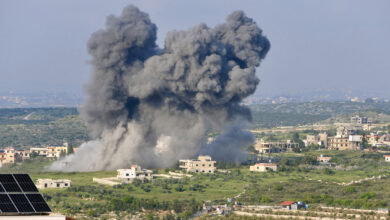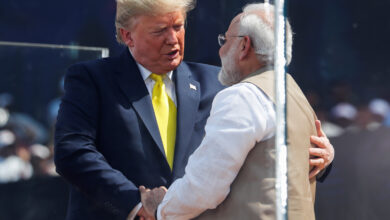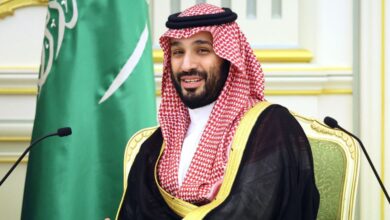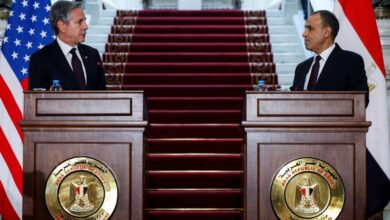Indian government agencies allocated millions to promote BJP election slogans

India is scheduled to hold its 18th general election from April onwards. In this election, Prime Minister Narendra Modi will seek a third term in power after his right-wing Hindu nationalist Bharatiya Janata Party won a staggering 303 seats. In 2019, the Bharatiya Janata Party was truly optimistic about its electoral chances and has set a goal of grabbing 370 seats alone and more than 400 with its allies.
It is noteworthy that Modi led his party to power for the first time in 2014 when it won 282 seats in the House of Representatives (Lok Sabha), which includes 543 seats, the immense majority for one party in 30 years.
It is worth noting that in 2019, the coalition government controlled 353 seats. Today, political experts and opinion polls predict that voters still view Modi as a popular leader (although such polls often have a murky record in terms of accuracy) and that a third consecutive term for Narendra Modi in the upcoming parliamentary elections is possible. It seems “almost inevitable.”
The outcome of the upcoming Indian elections is not settled, but most analysts expect the Bharatiya Janata Party, led by Narendra Modi, to win another five years in power.
After a decade in power, opinion polls indicate that Modi, thanks to his extreme nationalist and religious populist policy, still enjoys the support of many Indians. In contrast, the main opposition parties do not enjoy equal support.
India is traditionally described as the largest democracy in the world, with one billion voters (969 million registered voters). This means that more than 10 per cent of the world’s population (larger than the total population of the European Union) is eligible to choose the 543 elected members of the House of Representatives (one of the two houses of Parliament) from April 19 to June 1.
Under the country’s parliamentary system, the party that wins the majority of the 543 seats in the House of Representatives forms the government, and its candidate is appointed prime minister.
In parallel, India has the most expensive elections in the world, as political parties spent more than $7 billion in 2019, compared to $6.5 billion spent in the United States during the 2016 elections. This number is expected to double in this year’s elections.
This demonstration, the largest of its kind in the world, needs 44 days before its voting results are announced on June 4th. Two main reasons explain this: the sheer size of India, the most populous country in the world, and the logistics needed to ensure that every registered voter can cast a ballot.
In the current political scene in India, there is a consensus among political analysts that a victory for Modi and the Bharatiya Janata Party is “the most reasonable outcome” due to Modi’s popularity as a strong politician and the extreme nationalist agenda of the Bharatiya Janata Party, especially in the states of the heart of India. The country is known as the “Indian Belt” states.
In these Hindi-speaking states, Modi is very popular. All media commentary focuses solely on whether he will be able to improve on his previous record in 2019, and the fact is that he set his goal of winning 370 seats, while Modi’s critics and opponents expressed their regret that his victory would confirm his position and strengthen his monopoly of power.




